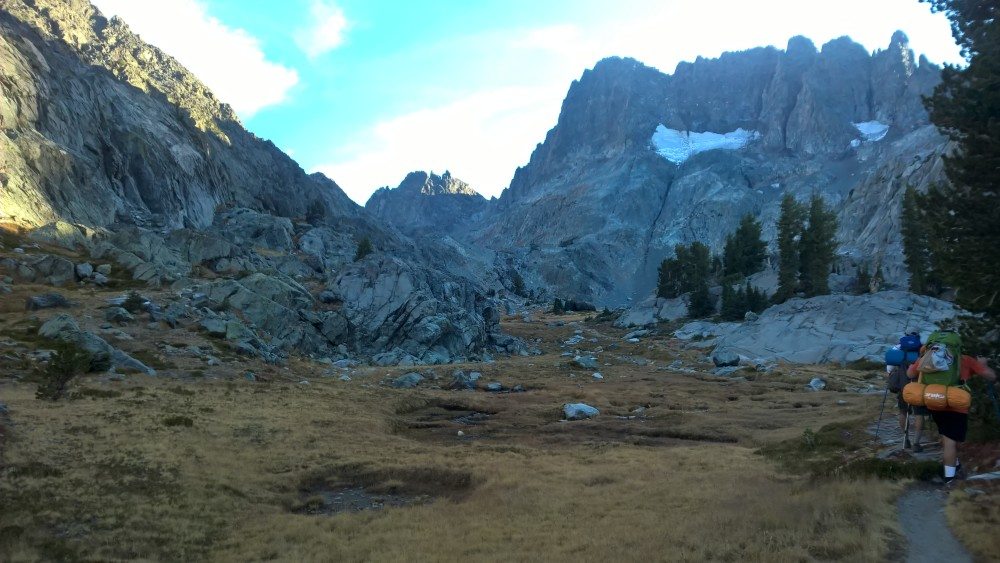
Backpacking for Beginners – Tips for Getting Out Your First Time
Recently I took a couple friends out for their first backpacking trip. Having seen first time backpackers overreach and find themselves in trouble before, I recommended that we tackle a short weekend loop of about 10 miles with minimal elevation change. When one off my friends heard this, however, he wanted to do more. When I protested, he insisted that he was ready for a bigger trip so, at his request, I decided to take these guys on a trip. I put together a series of trails through Mammoth Lakes in Inyo National Forest that included rock scrambling, trail blazing, route finding and actual rock climbing – we did everything but river crossing on this trip. All totaled, we covered about 22 miles with about 9,000 feet of net elevation change (we started at 7,500’ and capped at 10,500’ with quite a bit of change in between).
Needless to say, these guys weren’t exactly ready for this experience. Despite their fitness levels and familiarity with hiking, they made that classic beginner mistake – they overreached and paid for it. (One of them wants to go again but I’m not sure that the other is going to want to for quite some time)
So, as a beginner, how do you get yourself on a trail? Here are a few recommendations that I’ll make for the first couple times you go out backpacking.
Go Out in a Group
Frankly it doesn’t matter if it’s your first time or your 10th time, when you’re getting started make sure that you have some friends with you. Find a few that have some experience and make sure that there are some that are closer to your level as well. The experienced ones will help you get through the unsure times (those moments that your pack is cutting off circulation to your arms or you can’t help but ask “where the hell are we???”) and the rest of the group will help you keep a reasonable pace so you don’t have to race to keep up.
Find the Right Trail
This is huge. Some planning is crucial for backpackers at any level but when you’re just getting started do your research. And then do your research again. And then talk to the Rangers to make sure that everything you’ve researched is accurate.
I can’t stress this enough – make sure that your first trips are relatively easy. Remember that you’ve never carried this kind of weight on your back, let alone in terrain like this. Even if you think that you can do more, err on the side of caution and plan a bigger trip for next time. Better to be left wanting more than to get stuck in the middle of the backcountry wishing that you’d never started.
Plan Your Food
Anyone will tell you – the food you eat on the trail is very different from the food you’ll eat at home. It doesn’t matter how great of a chef you are, anytime you reconstitute a dehydrated meal, things are going to taste a little different.
Make sure that you’re prepared with good backpacking food that doesn’t weigh too much but still tastes good. You’re going to need the calories while you’re out there to make sure that you can power through your days on the trail so you’ll need to eat. If you don’t like the food that’ll be a bit harder than you want it to be.
If you don’t know someone skilled in backcountry cooking (with a dehydrator), start out with prepackaged dehydrated meals – I recommend individually packaged Mountain House meals. They typically come with two servings of whatever you’re eating and they’re actually pretty good (for prepackaged dehydrated food).
Most people don’t realize just how unpredictable the trail can be. It’s one of the wonderful parts of backpacking unless you aren’t ready for it. Remember, this is an experience to be enjoyed so, at least for your first few times, keep it light and set realistic goals. Then tear yourself up the next time 🙂










